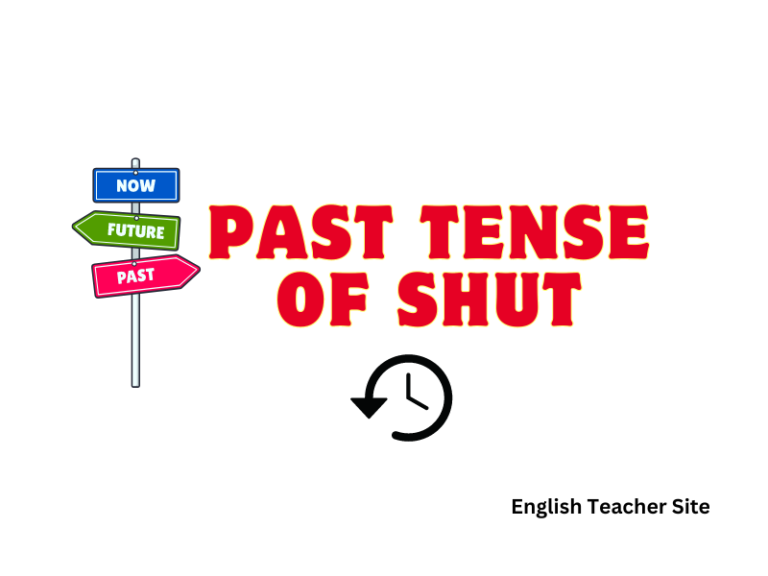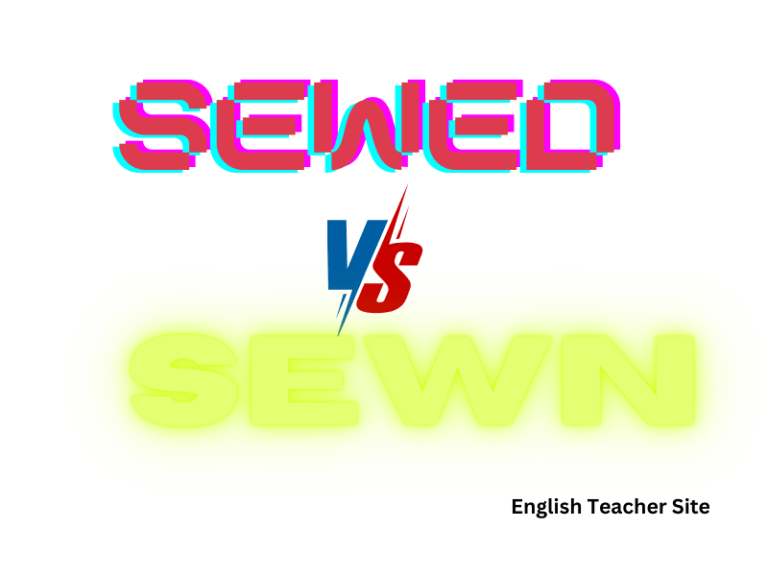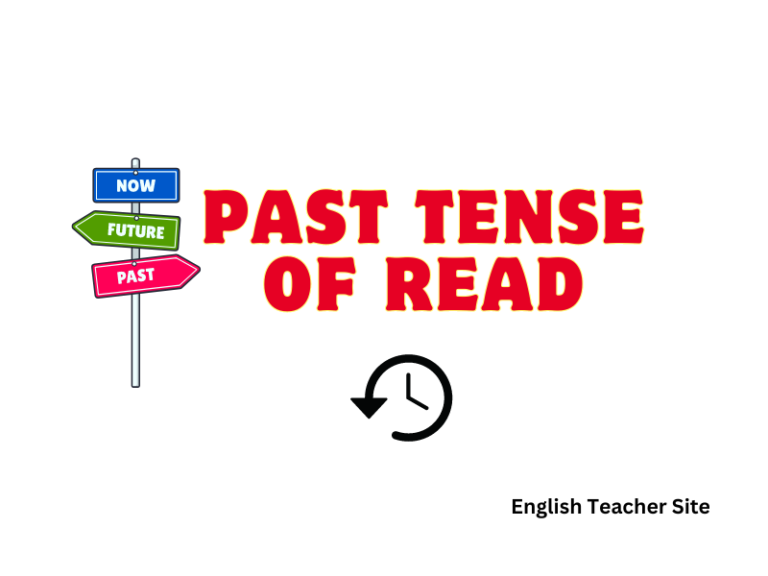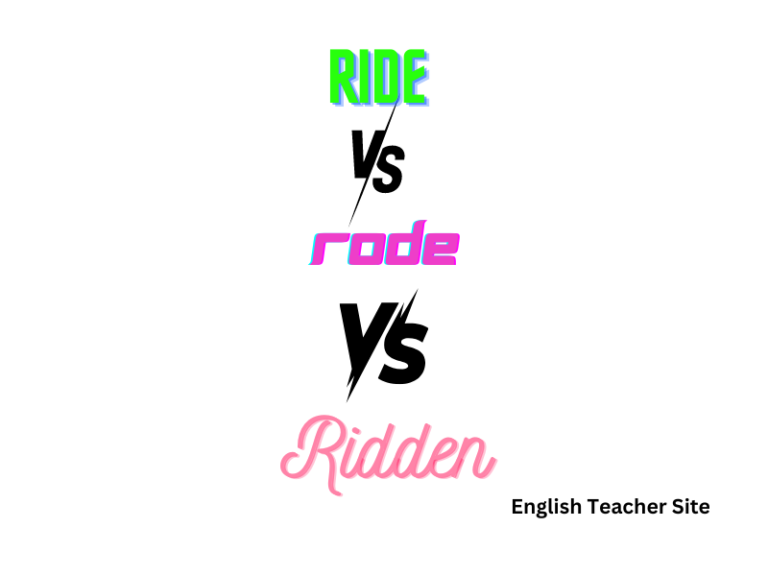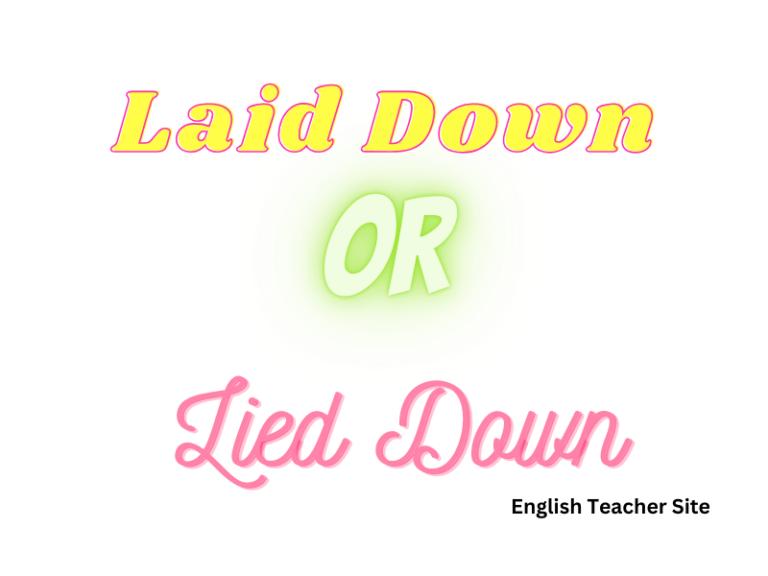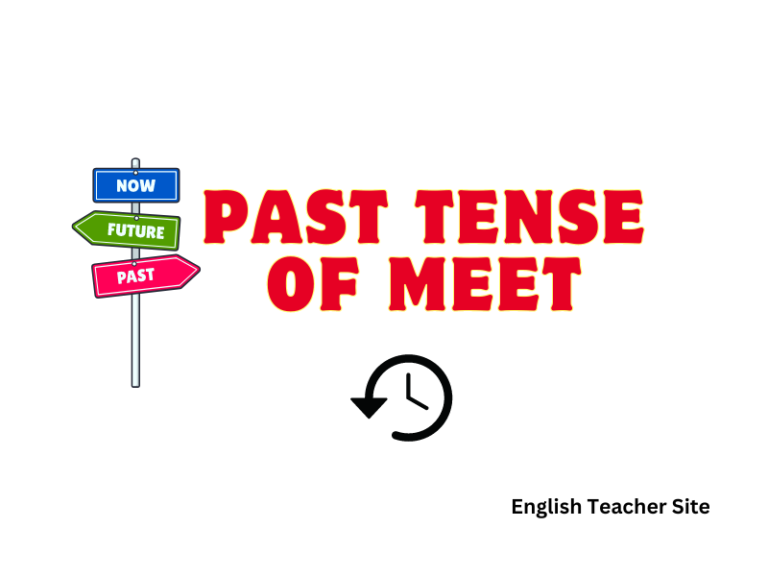What’s the Past Tense of Shoot: Understanding Verb Conjugation
When it comes to the past form of ‘shoot,’ it is crucial to recognize that ‘shoot’ is an irregular verb. This means that it does not follow the standard pattern of adding -ed to create the past tense. Instead, the past tense of ‘shoot’ is ‘shot.’ The confusion often arises when differentiating between the simple…


